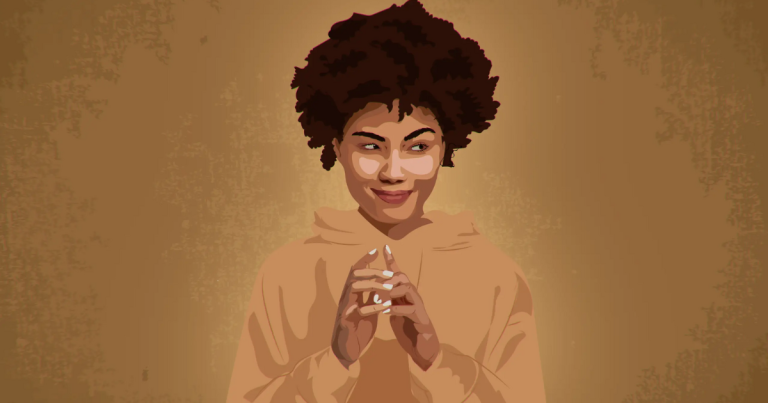If you’ve ever watched a herd of horses galloping across a field, you might have wondered what a group of these majestic animals is called. Just like many other animals have specific terms for their groups, horses do too. Understanding these terms can be both fascinating and useful, especially if you’re a horse enthusiast or just curious about animal terminology.
What’s A Group Of Horses Called?
A group of horses is commonly known as a “herd.” This term is used broadly to describe a collection of horses living together in a social group. However, there are other terms that are used depending on the context, and each term can provide insight into the behavior and social structure of horses.
The Term “Herd”
The most widely accepted term for a group of horses is “herd.” This term is used to describe a natural social structure in which horses live and interact. In the wild, horses form herds for safety, companionship, and social interaction. Herds are often led by a dominant mare, and they can range in size from a few horses to several dozen.
In a herd, horses establish complex social hierarchies and relationships. They have specific roles, and the herd works together to maintain safety and well-being. For example, horses within a herd will often graze and move together, and they rely on each other for protection from predators.
Other Terms For Groups Of Horses
While “herd” is the most common term, there are other specific terms used in different contexts:
- Stable: When horses are kept in a barn or stable, they may be referred to as a “stable” of horses. This term emphasizes the location where the horses are housed rather than their social structure.
- Team: In some contexts, especially in working or draft horse settings, a group of horses that are harnessed together to perform a task is called a “team.” For instance, a team of horses might pull a plow or carriage.
- String: When referring to a collection of horses that are used for riding or show purposes, the term “string” is often used. For example, a rider might have a string of horses that they compete with in various events.
The Social Structure Of Horse Herds
Understanding the social dynamics within a horse herd can be quite enlightening. Horses are highly social animals and rely on their herd for companionship and security. The structure of a herd is typically organized around a dominant mare or stallion.
- Lead Mare: The lead mare is often the oldest and most experienced female in the herd. She is responsible for making decisions about where the herd will graze and move. Her leadership is crucial for maintaining order and safety within the group.
- Stallions: In wild herds, stallions may lead their own small groups of mares and foals, known as bachelor herds. They are often seen protecting their herd from rival stallions and predators.
- Young Horses: Foals and young horses are an integral part of the herd. They learn essential social behaviors from older horses and play a role in the herd’s daily activities.
The Importance Of Herds To Horse Behavior
Horses are naturally inclined to live in herds because it offers them several advantages:
- Protection: Living in a herd provides safety in numbers. Horses can watch out for each other and respond quickly to threats.
- Social Interaction: Herd life allows horses to engage in social behaviors such as grooming and playing, which are important for their mental and emotional well-being.
- Learning: Young horses learn essential skills and behaviors from older members of the herd. This includes how to graze, interact with other horses, and respond to environmental stimuli.
Horses In Domestic Settings
In domestic settings, horses are often kept in smaller groups than their wild counterparts. For example, a group of horses kept in a boarding stable might be referred to as a “stable of horses.” Despite the smaller group size, these horses still exhibit herd behaviors and benefit from social interactions with each other.
Owners and caretakers often try to mimic the natural herd environment to ensure their horses remain healthy and happy. This might include providing opportunities for socialization, exercise, and mental stimulation.
The Role Of Herds In Horse Training
When training horses, understanding their natural herd instincts can be beneficial. Trainers often use techniques that align with the horse’s natural behaviors and social dynamics. For example, establishing leadership and building trust can be more effective when considering the horse’s natural inclination to follow and respect a leader.
Summary
So, the next time you see a group of horses, you’ll know that they are called a “herd,” but there are also other terms like “stable,” “team,” and “string” used in specific contexts. Understanding these terms and the social structure of horse herds can deepen your appreciation for these magnificent animals and their complex social lives. Whether you’re a horse owner, enthusiast, or just curious, knowing more about horse terminology adds an extra layer of fascination to these beautiful creatures.





